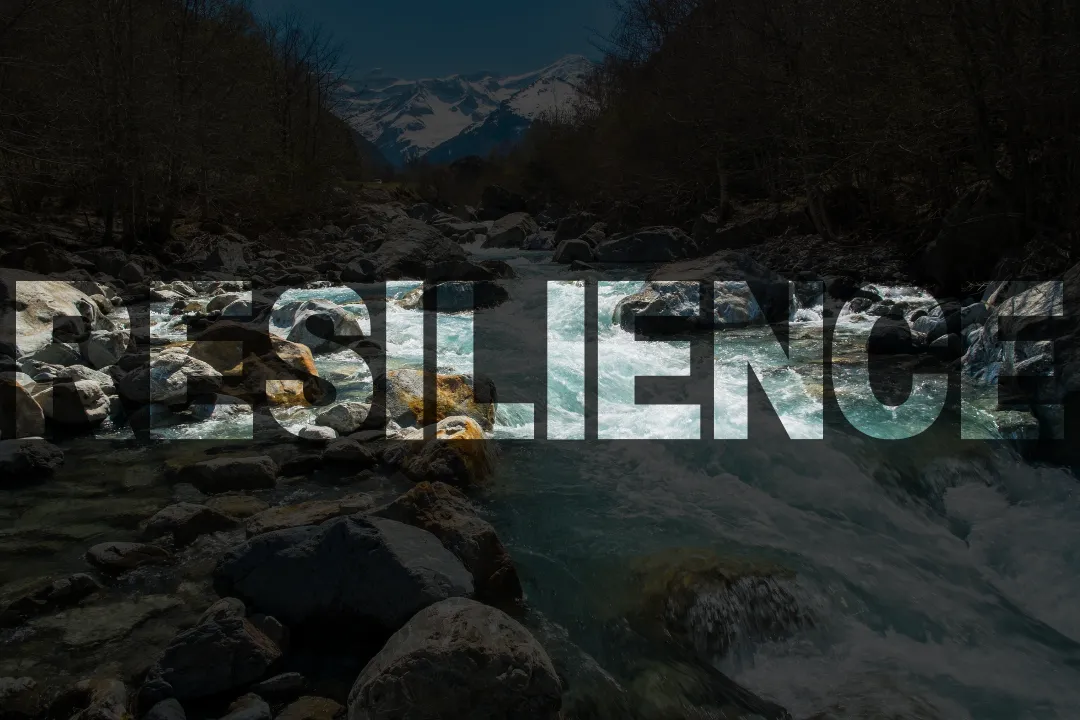
Understanding Resilience: What It Is and Why It Matters
Resilience is a term we hear often, but what does it really mean to be resilient? Is it about always being strong, or is there more to it? In this post, we’ll explore the true essence of resilience—why it’s crucial in both our personal and professional lives, and how embracing principles like love, learning, leadership, and letting go can help us navigate adversity with grace.
What is Resilience?
At its core, resilience is the ability to bounce back from setbacks, adapt to challenges, and keep moving forward. The word itself comes from the Latin resilire, meaning “to leap back” or “rebound.” Initially, it was used to describe materials that return to their original form after being stretched or bent. Now, it describes a human’s ability to recover from life’s difficulties.
Resilience doesn’t mean being unbreakable or untouched by adversity. Rather, it’s about flexibility and balance. As Imam Ali wisely said, “Don’t be too tough, for you will break; and don’t be too soft, for you will be squeezed.” Resilience lies in knowing when to stand firm and when to bend—finding that sweet spot between strength and adaptability.
The Coffee Bean Story: A Lesson in Transformation
There’s a powerful story that beautifully illustrates what true resilience looks like. Imagine placing a carrot, an egg, and a coffee bean in boiling water. The carrot, initially hard, becomes soft and weak. The egg, fragile on the outside, becomes hard inside. But the coffee bean does something unique—it transforms the water itself into coffee.
The lesson is simple yet profound: when faced with adversity, we have a choice. We can allow it to weaken or harden us, or we can be like the coffee bean and transform the environment around us. Resilience isn’t just about surviving the storm; it’s about finding ways to thrive despite it. When life’s challenges boil over, we can choose to transform our circumstances, rather than let them define us.
Common Misconceptions About Resilience
Many people believe resilience means being tough or unaffected by challenges. However, resilience is not about becoming immune to hardship. It’s more about embracing flexibility. Think about water—when it meets an obstacle, it flows around it. This adaptability, encapsulated in the Chinese proverb “Be like water,” is key to resilience. Sometimes, moving with life’s challenges is more powerful than resisting them.
Why Resilience Matters
Resilience is a cornerstone of both personal and professional success. In our personal lives, it helps us maintain mental and emotional well-being, allowing us to persevere even when things seem uncertain or overwhelming. It’s about loving the experiences we go through, even the difficult ones, to find meaning and growth.
Professionally, resilience is just as crucial. Whether we’re managing a project, leading a team, or striving for personal growth, the ability to adapt and recover is essential. Leaders, in particular, must develop resilience to inspire others to keep going during tough times. A resilient leader knows when to take charge, but also when to trust their team and let go.
The Four Pillars: Love, Learn, Lead, or Let Go
Resilience looks different for everyone, but it often comes down to four key principles:
Love the Experience: Resilience means embracing the experience you’re going through, no matter how challenging it may be. This isn’t about loving the pain, but about recognizing that every situation—even the hard ones—can teach us something. By loving the experience, we learn to accept the journey as part of our growth.
Learn: Every challenge we face offers an opportunity to grow. What can you learn from the experiences life throws your way? Just like the coffee bean, we can transform even negative circumstances into something positive by learning from them.
Lead: Resilience often involves leadership—either leading yourself through tough situations or guiding others. A resilient leader knows how to inspire and uplift even in the face of adversity.
Let Go: Perhaps the hardest part of resilience is knowing when to let go. We can’t control everything, and sometimes, the most resilient thing we can do is accept what we can’t change and move forward.
How to Build Resilience in Your Life: 3 Practical Steps
So, how can we begin to cultivate resilience? Here are three steps to help you get started:
Love the Experience: Start by embracing the process, even when it’s uncomfortable. Rather than resisting, try to love the experience for what it can teach you. Even in difficult moments, there is often something valuable to be gained.
Learn from Challenges: Reflect on the difficulties you’ve faced—what did they teach you? By learning from our experiences, we can find ways to transform adversity into opportunity.
Lead, or Let Go: Finally, resilience means knowing when to lead and when to let go. Sometimes, we need to take charge, but other times, the wisest thing to do is release control and allow life to flow in its own direction.
Conclusion: Resilience is a Choice
Resilience isn’t about being invincible. It’s about finding balance between strength and flexibility, between embracing the experience and knowing when to let go. Whether we’re leading through adversity or learning from setbacks, resilience empowers us to transform our circumstances—just like the coffee bean.
So, next time life throws you a curveball, ask yourself: will you become soft like the carrot, hard like the egg, or will you choose to be the coffee bean and transform your situation? Resilience is not just about surviving—it’s about thriving.
If this post resonated with you, take a moment to reflect on a challenge you’ve faced and how you responded to it. Did you embrace the experience, learn from it, lead through it, or let it go? Share your story in the comments below, and let’s continue the conversation about building resilience together.


